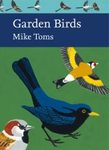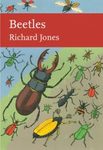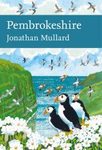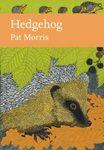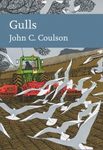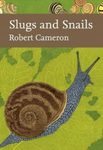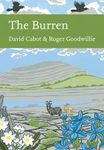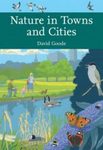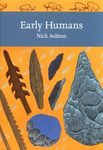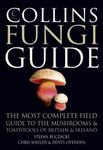Monograph
By: Jeremy Biggs(Author), Penny Williams(Author)
614 pages, 288 colour photos and colour illustrations, tables
![Ponds, Pools and Puddles Ponds, Pools and Puddles]()
Click to have a closer look
About this book
Contents
Customer reviews
Related titles
About this book
Ponds and pools are a common feature of our landscape – there are at least ten times as many ponds as lakes in the UK – and they are also important wildlife habitats. This book provides a comprehensive and detailed account of these freshwater habitats.
The first chapter discusses what ponds, pools and puddles are, how they differ from rivers and lakes, their origin – natural or man-made, the different types of ponds and their abundance and distribution in Britain.
A second chapter looks at ponds as ancient natural habitats that have existed for millennia on the earth’s surface. Ancient pond communities, as preserved in inter- and post-glacial sediments, are compared with modern pond communities. This chapter also examines the physical and chemical environment of ponds, covering aspects such as size, shape and depth, hydrology, oxygen and temperature.
Ponds, pools and puddles are important wildlife habitats; they are as rich in species as rivers, and support rare and uncommon taxa including about half of Britain’s Red Data Book wetland plant and animal species. The authors give a comprehensive survey of the variety of plant and animal life for which ponds, pools and puddles are a habitat, with a chapter each on plants, invertebrates, amphibians, and fish, birds and mammals. The book discusses the importance of ponds to each of these groups and the ways in which the organisms exploit ponds, describing their habitats and major variations in life cycles.
The pond ecosystem and colonisation and succession are discussed in two further chapters, before the final chapter, which is devoted to the subject of conservation and how best to protect and manage ponds and pond wildlife in Britain today.
In spite of their evident importance, ponds have been largely ignored by freshwater biologists during this century. Ponds, Pools and Puddles makes an invaluable contribution to raising awareness of these popular, yet frequently underrated freshwater habitats, giving them the attention they rightly deserve.
Contents
Editor's Preface vii
Authors' Foreword and Acknowledgements ix
1. Introduction 1
2. Ponds: An Ancient Natural Environment 23
3. The History of Britain's Ponds 49
4. How Does the Biology of Ponds Differ From Other Freshwaters 83
5. Biological Types of Pond 107
6. The Pond Environment 178
7. Dispersal, Colonisation and Succession in Ponds 221
8. Plants in Ponds 253
9. Invertebrates in Ponds 293
10. Amphibians 379
11. Fish, Birds and Mammals 429
12. Pond Monitoring, Management and Creation 491
Appendix: List of ponds used to identify the main pond types 542
References 544
Species Index 589
General Index 601
Customer Reviews
Monograph
By: Jeremy Biggs(Author), Penny Williams(Author)
614 pages, 288 colour photos and colour illustrations, tables
"This very welcome addition to the New Naturalist series has been a long time coming. Ponds, Pools and Puddles was first mooted as a title in the 1950s, together with a prospective author (Alister Hardy), a dust jacket and watercolour sketches. However, it was not to be. Only after several decades in abeyance was the baton taken up again by the present authors. It has been worth the wait. Jeremy Biggs and Penny Williams have produced a tour de force, incorporating a huge amount of evidence about pond ecology, most of which was unknown in Hardy’s time. [...] The text is very data-rich and I should have liked to see a bit more casual material, for example on the engagement of children with the joys of pond dipping. But this cannot distract from the importance of this well-produced and comprehensive volume which is certain to be a standard text for many years to come."
– Trevor Beebee, British Wildlife 35(7), June 2024
"The latest New Naturalist, and once again I'm forced to admit that most of what I thought I knew about something is wrong [...] Overall I can guarantee this book will transform your understanding of the biology of small water bodies. Our days of regarding puddles as mere obstacles to navigation are over."
– Ken Thompson, The Niche 55(3), autumn 2024
















